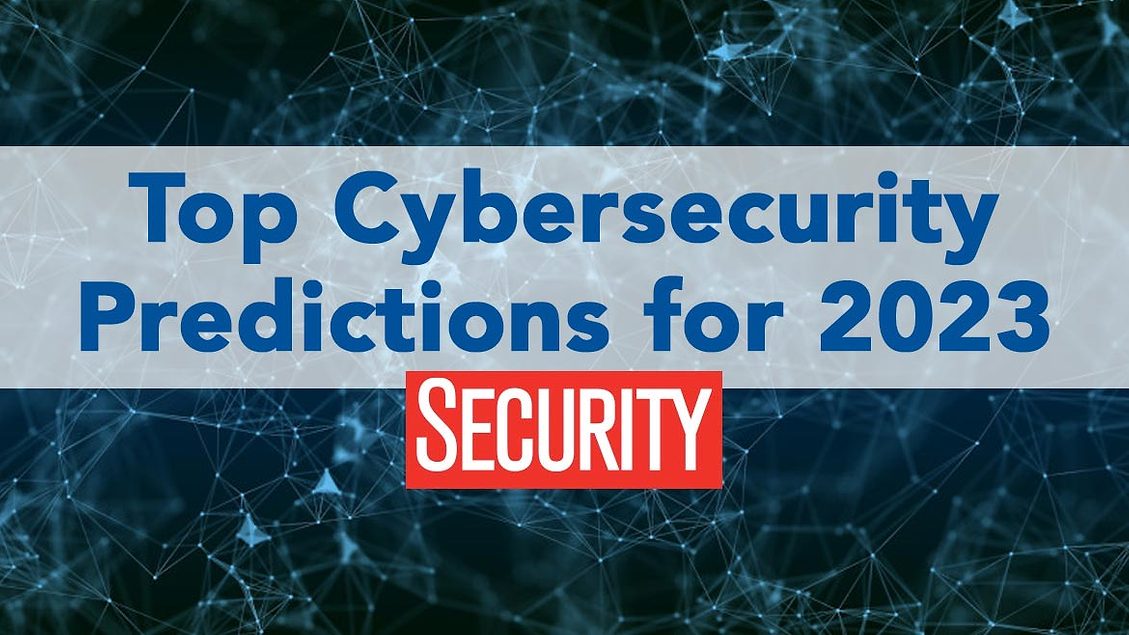Understand Deepfake Social Engineering Attacks and their potential risks.
Understand Deepfake Social Engineering Attacks and their potential risks.
Blog Article
Top Cybersecurity Predictions for 2024: Remain Ahead of Emerging Risks
As we come close to 2024, the cybersecurity landscape is poised for substantial transformation, driven by emerging threats that companies should not just expect yet also tactically address. The increase of AI-driven cyberattacks, combined with progressively innovative ransomware techniques, highlights the urgent need for innovative defenses. Additionally, the expanding variety of IoT gadgets offers new vulnerabilities that can be made use of. With governing modifications imminent and an important emphasis on cybersecurity training, it is imperative for organizations to reassess their methods to remain resilient. Exactly how prepared are you to navigate these developing challenges?
Surge of AI-Driven Attacks
As organizations significantly take on fabricated intelligence technologies, the capacity for AI-driven strikes is becoming a vital issue in cybersecurity. Cybercriminals are leveraging AI to enhance the class and effectiveness of their assaults, creating a landscape where traditional safety actions may falter. These assaults can make use of artificial intelligence algorithms to recognize susceptabilities in systems and networks, resulting in much more targeted and destructive violations.
AI can automate the reconnaissance phase of an assault, enabling foes to gather substantial amounts of data swiftly (7 Cybersecurity Predictions for 2025). This capability not only shortens the time called for to release an attack however also increases its accuracy, making it harder for defenders to expect and reduce hazards. In addition, AI can be utilized to develop convincing phishing systems, generate deepfake material, or control data, better making complex the cybersecurity landscape
Organizations must prioritize the combination of AI-driven cybersecurity solutions to respond to these emerging risks. By utilizing advanced risk detection systems, organizations can enhance their capability to identify and neutralize AI-generated strikes in genuine time. Constant investment in training and awareness programs is additionally important, as it equips staff members to acknowledge and reply to prospective AI-driven threats efficiently.
Increased Ransomware Elegance
The increase of AI-driven strikes is not the only trend improving the cybersecurity landscape; ransomware strikes have actually also progressed, coming to be progressively sophisticated and targeted. As cybercriminals fine-tune their techniques, organizations face enhanced dangers that call for flexible strategies to mitigate potential damage.
Modern ransomware risks now utilize advanced methods, such as double extortion, where assailants not just secure information but also endanger to leakage delicate info if their needs are not fulfilled. This adds an extra layer of stress on sufferers, typically compelling them to pay ransoms to secure their online reputations and client trust.
In addition, making use of automated tools and equipment understanding formulas by criminals has structured the strike process, allowing them to determine susceptabilities extra successfully and customize their strategies versus details targets. Such advancements have actually resulted in a disconcerting rise of assaults on vital framework, medical care systems, and supply chains, emphasizing the need for robust cybersecurity structures that prioritize real-time danger detection and index response.
To respond to these advancing threats, organizations must purchase comprehensive training, progressed safety technologies, and event response prepares that include lessons learned from past ransomware incidents, guaranteeing they remain one action in advance of progressively complicated strikes.
Growth of IoT Vulnerabilities
With the rapid expansion of the Net of Things (IoT), susceptabilities connected with these interconnected gadgets have actually become an important concern for organizations and people alike. The proliferation of smart tools, from home appliances to commercial sensing units, has created an expansive attack surface for cybercriminals. Numerous IoT tools are deployed with minimal safety procedures, frequently making use of default passwords or obsolete firmware, making them at risk to exploitation.
As tools become interconnected, the possibility for large-scale attacks increases. For circumstances, compromised IoT gadgets can work as entrance points for attackers to infiltrate more safe and secure networks or launch Dispersed Denial of Solution (DDoS) attacks. cyber resilience. The lack of standardization in IoT safety measures further worsens these vulnerabilities, as differing suppliers implement varying degrees of protection
Moreover, the raising refinement of malware targeting IoT gadgets positions substantial dangers. Danger stars are continually developing new approaches to exploit these weak points, bring about prospective data breaches and unauthorized access to sensitive details. As we move right into 2024, organizations have to focus on IoT security, executing robust measures to secure their networks and mitigate the dangers connected with this rapidly expanding landscape.
Governing Modifications Impacting Safety

In 2024, we expect to see more rigorous conformity demands for organizations, specifically those that make or release IoT gadgets. The introduction of regulations such as the European Union's Cyber Resilience Act and updates to existing structures like the NIST Cybersecurity Structure will certainly stress safety by design. Organizations will certainly be mandated to execute robust protection procedures from the preliminary stages of product development, guaranteeing an aggressive position versus possible susceptabilities.
Additionally, regulatory bodies are likely to impose significant fines for non-compliance, compelling services to prioritize cybersecurity financial investments. This change will certainly not just boost the general protection pose of organizations however will certainly likewise cultivate a society of liability in securing user data. As guidelines tighten up, the obligation will significantly fall on companies to show compliance and guard versus the ever-evolving risks in the digital landscape.
Focus on Cybersecurity Training
Organizations' commitment to cybersecurity training is coming to be significantly critical as threats progress and assault vectors multiply. With cybercriminals continuously creating sophisticated techniques, it is critical for employees in all degrees to understand the dangers and identify their role in minimizing them. Comprehensive training programs furnish personnel with the knowledge and skills required to recognize possible threats, such as phishing strikes, social engineering tactics, and malware.
In addition, a society of cybersecurity awareness promotes caution among employees, reducing the likelihood of human error, which continues to be a considerable vulnerability in numerous companies. Routinely upgraded training components that reflect the most up to date dangers will guarantee that staff continue to be educated and with the ability of responding efficiently.


In 2024, companies will likely focus on recurring education and simulation workouts, allowing employees to practice their feedback to real-world scenarios. Cooperation with cybersecurity professionals for customized training options might likewise become extra prevalent. Eventually, buying worker training not just strengthens an organization's protection posture however likewise cultivates an aggressive method to cybersecurity, reinforcing the concept that security is a shared responsibility across the enterprise.
Verdict
In final thought, the cybersecurity landscape in 2024 will be formed by the rise of AI-driven strikes, progressively sophisticated ransomware techniques, and the development of vulnerabilities connected with IoT tools. A solid emphasis on extensive cybersecurity training will certainly be great post to read vital in cultivating an organizational society durable to emerging hazards.
Report this page